Day 12: “A Day in the Life”, Israel Museum
O.A.T. (Overseas Adventure Travel) sponsors a program called a Day in the Life. It gives an overview of the home life and the surrounding area of a person, family or group. Today, we drove to the Arab- Israeli village of Abu Ghosh, in East Jerusalem. Abu Ghosh has about 7000 predominantly Arab residents and has been described as "a model of coexistence". Arabs are about 20% of the population of Israel, about 2 million. During the 1948 war, the village remained neutral throughout the fighting and even lent support to its Israeli neighbors.
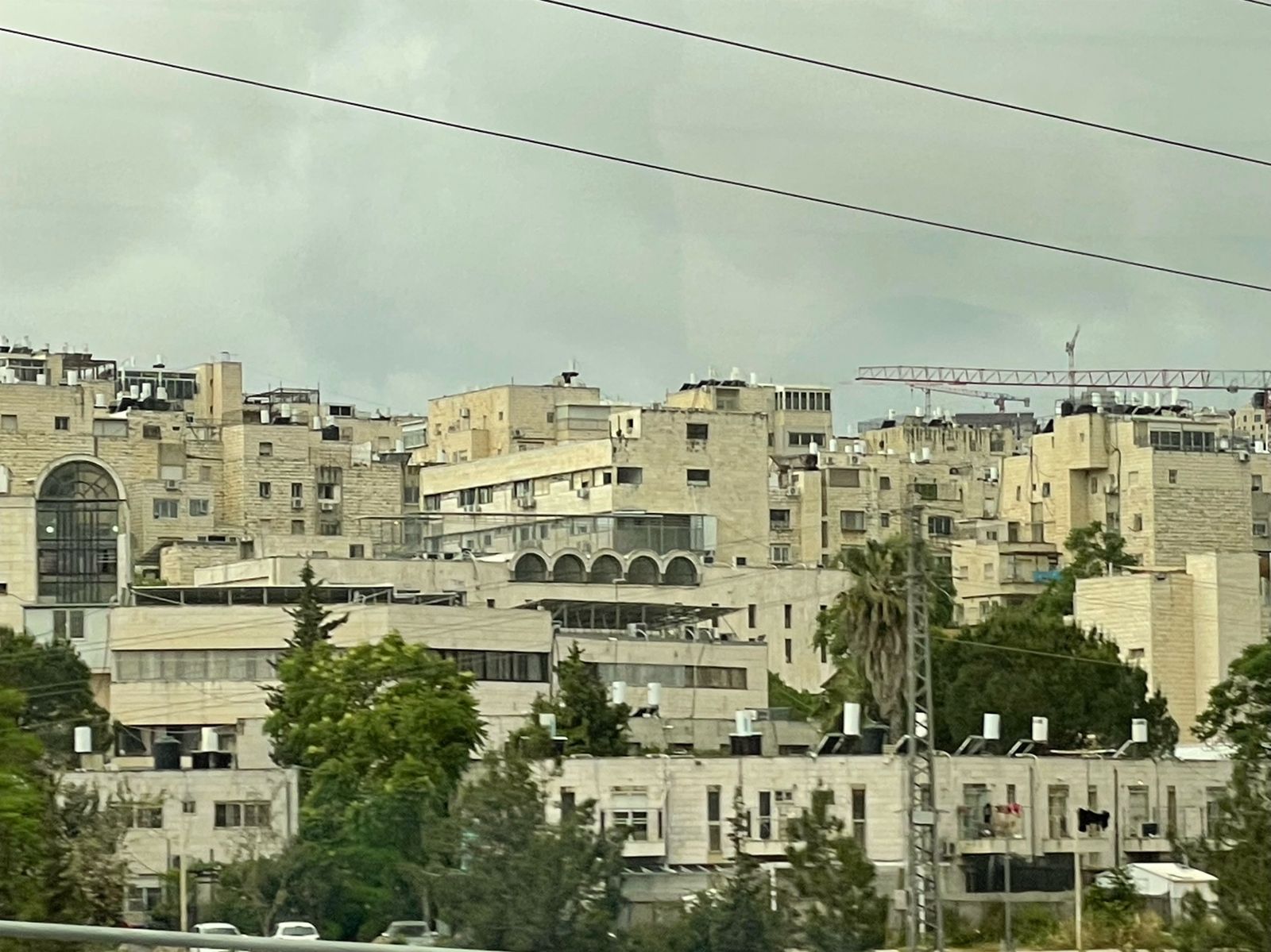
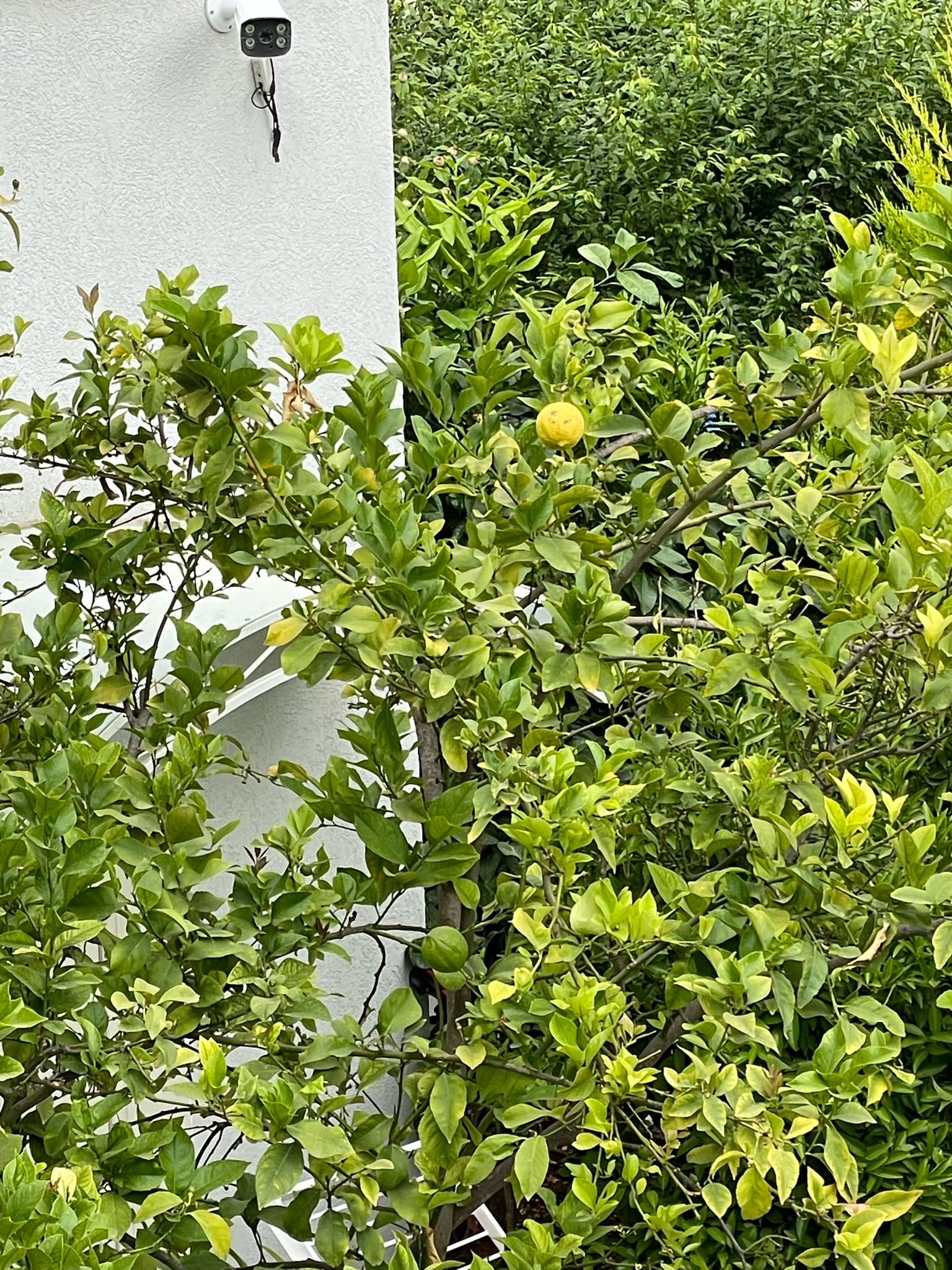
Issa Jabber was our host all morning. A retired high school principal and former mayor of the town, he first met us at the Great Mosque.
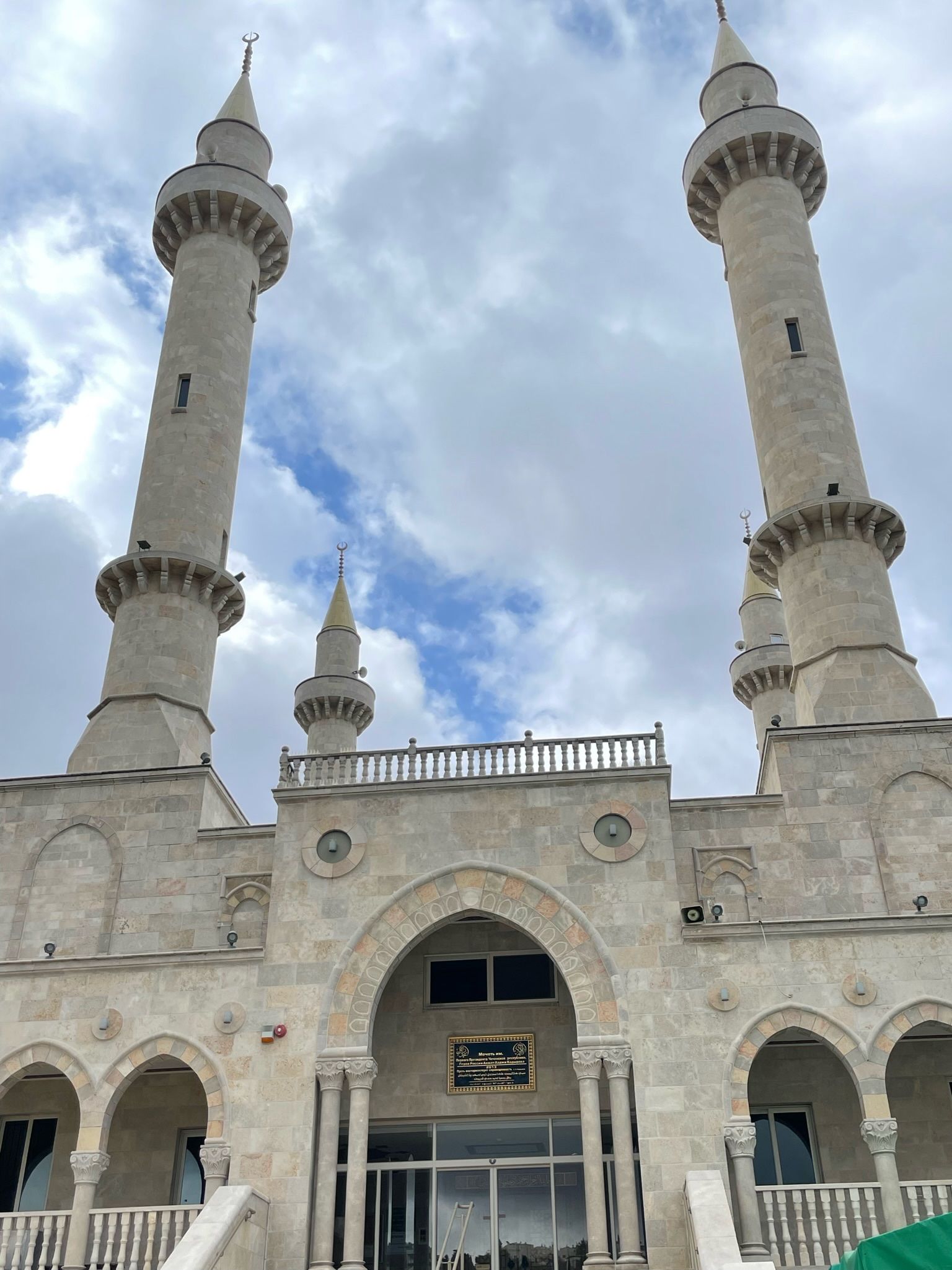
It is pretty unusual for a group to " tour" a mosque, but we took off our shoes, women put on head coverings and we sat around in the nearly empty main area while he gave us a lecture 101 on Islam.
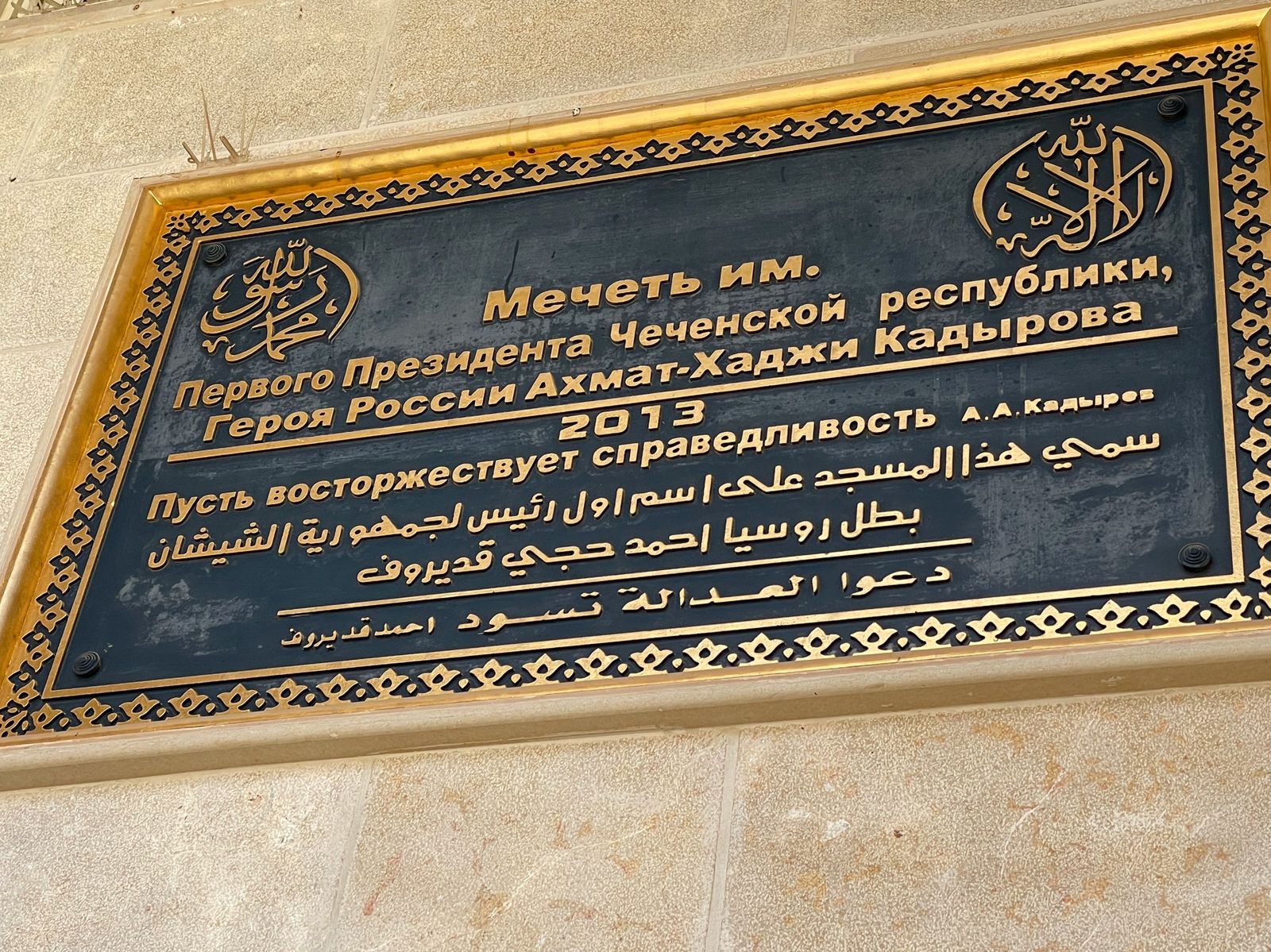


We learned about the 5 pillars of Islam, about each section of the mosque and got a sense of the pride he has in his role in building what is now the second largest mosque in Israel.
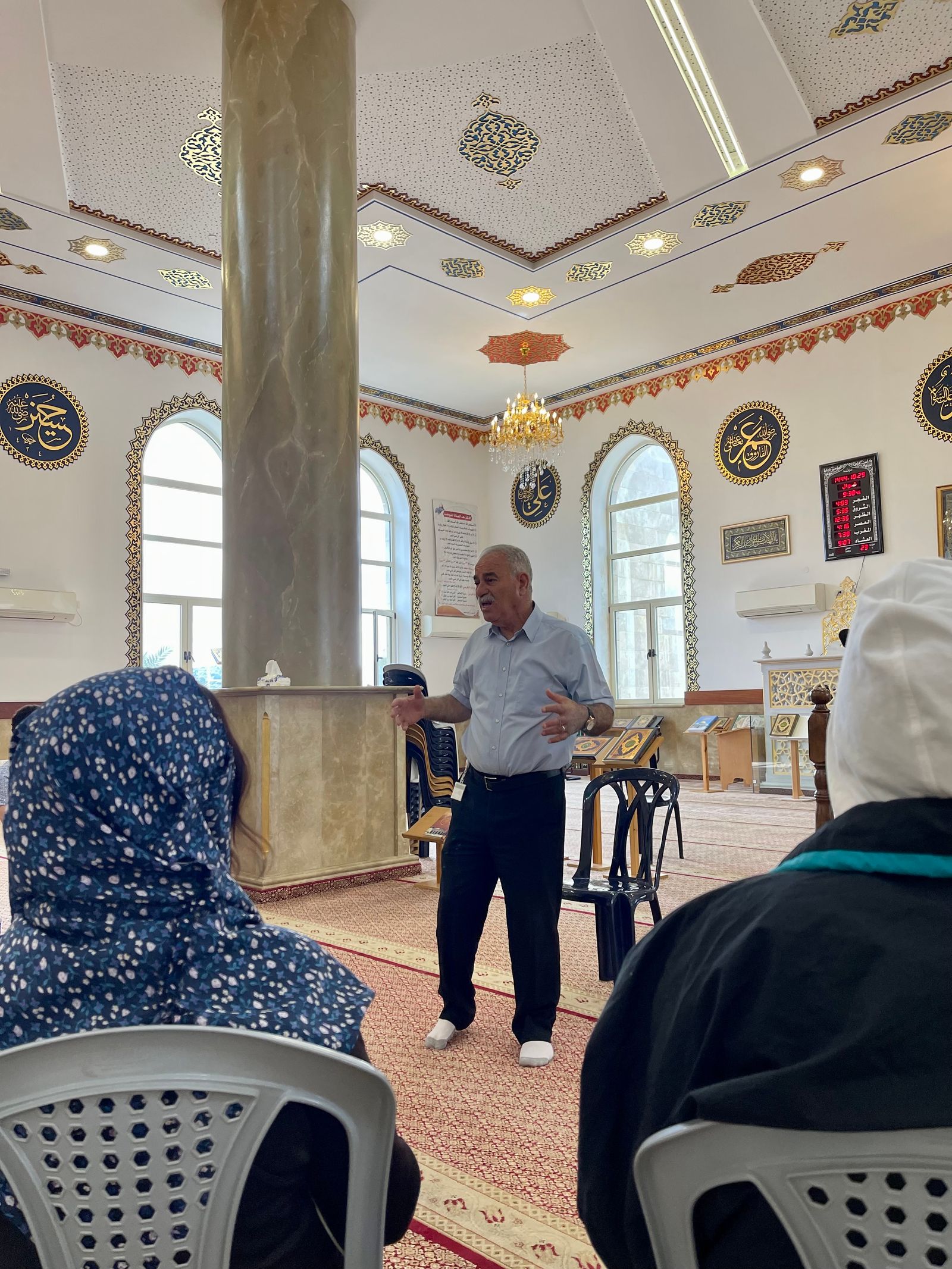
Onto the next stop, the very old Benedictine Abby of St. Mary with a below ground cistern, and incredibly resonant main area with portions of old frescoes still on the walls. He asked if someone wanted to try out the acoustics. Well, Jim volunteered Wendy who, after struggling to come up with something appropriate, sang Amazing Grace. It was very well received, and definitely proved the point.

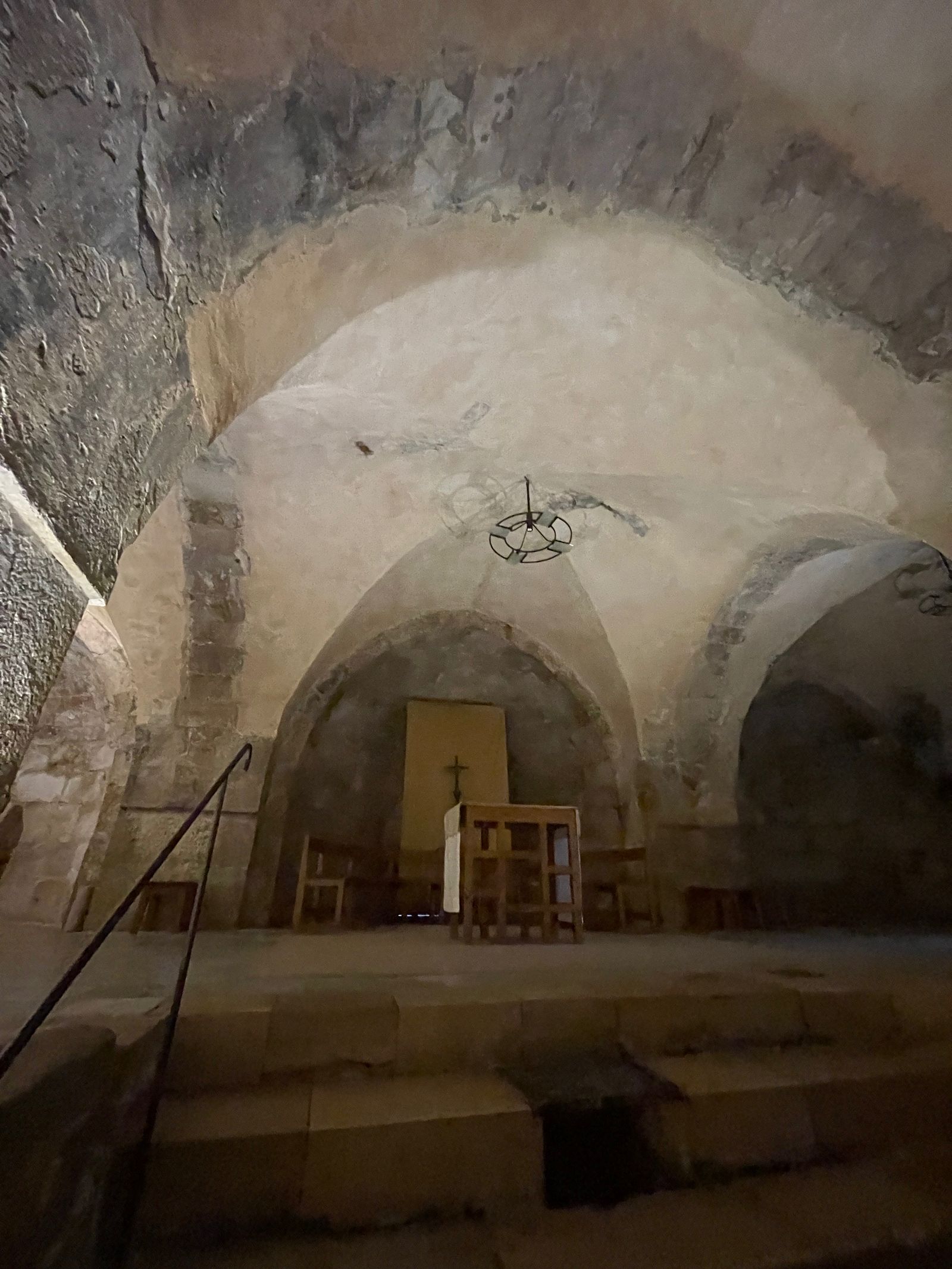

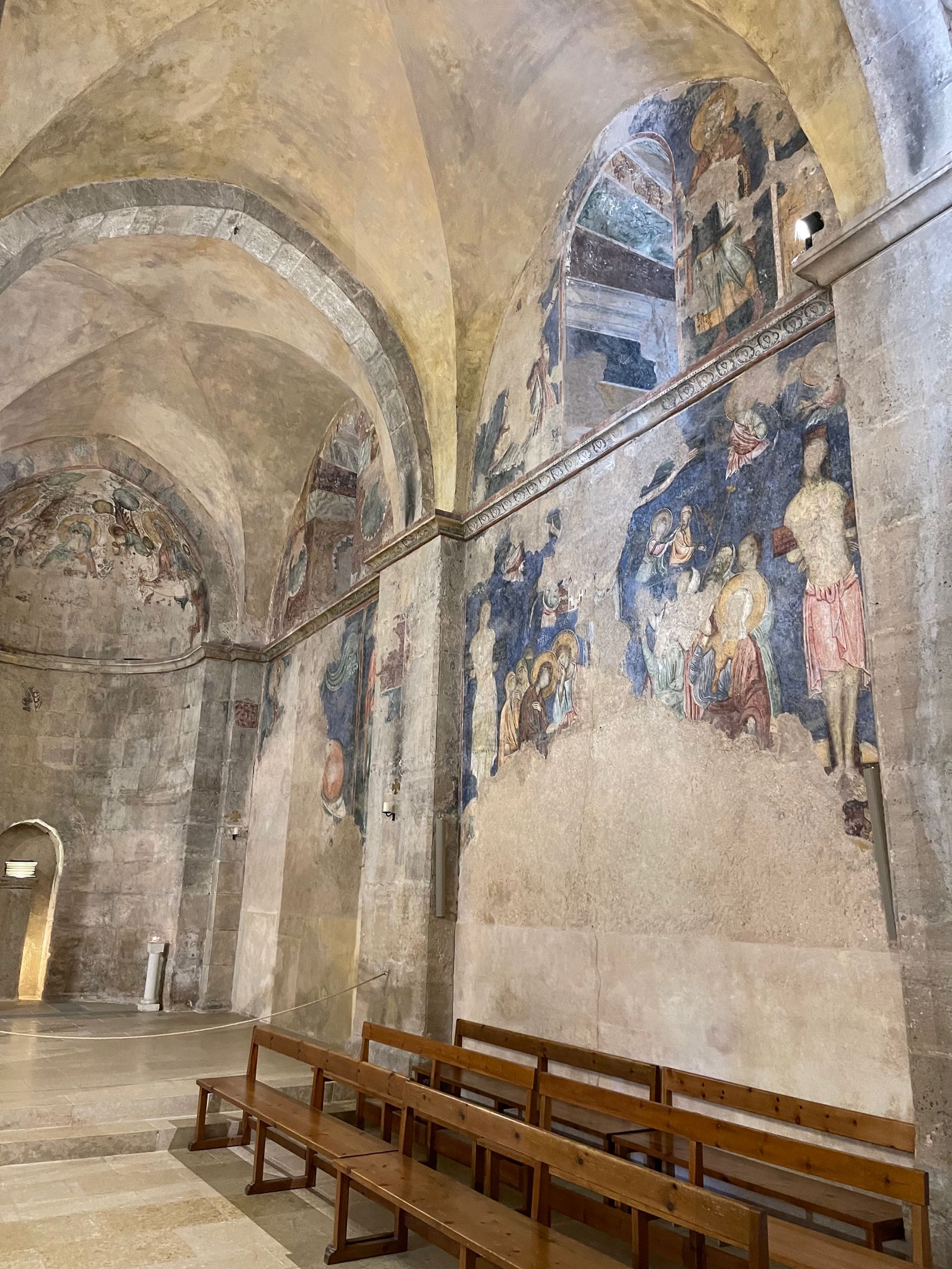
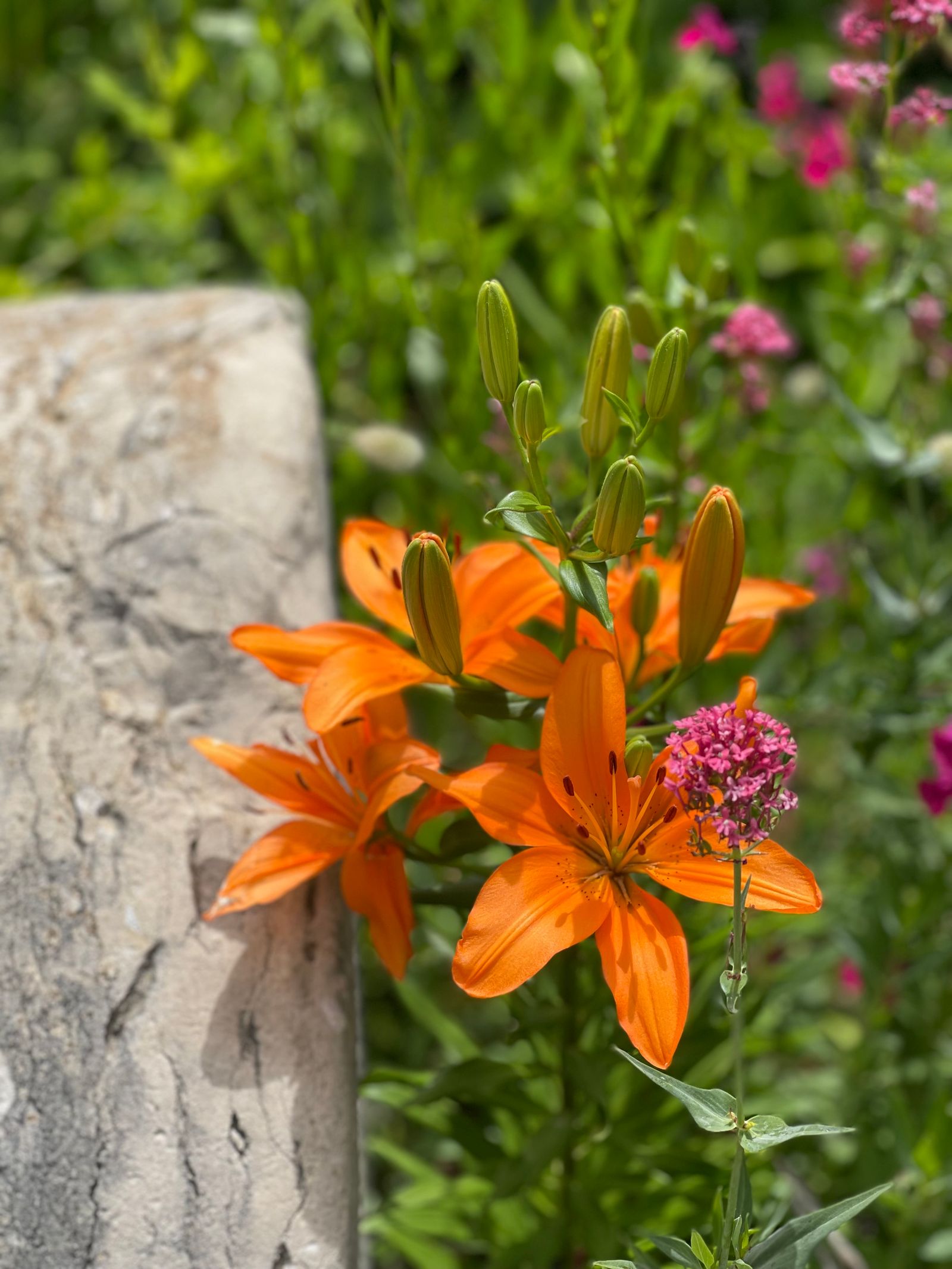
Next was a major spread of lunch at his home. It was quite a compound, as his sons and their families live in extended sections, and he takes care of his mother.
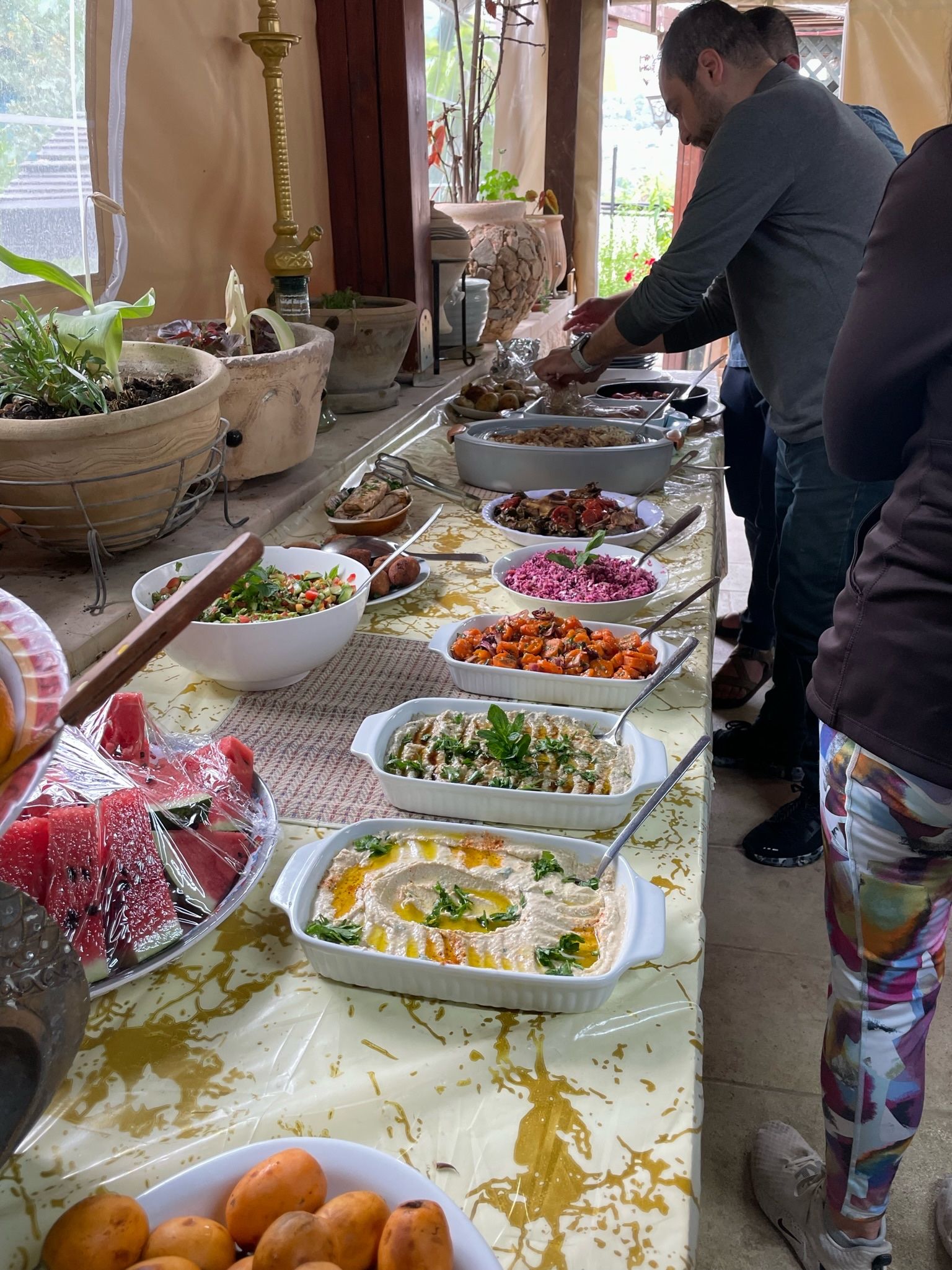
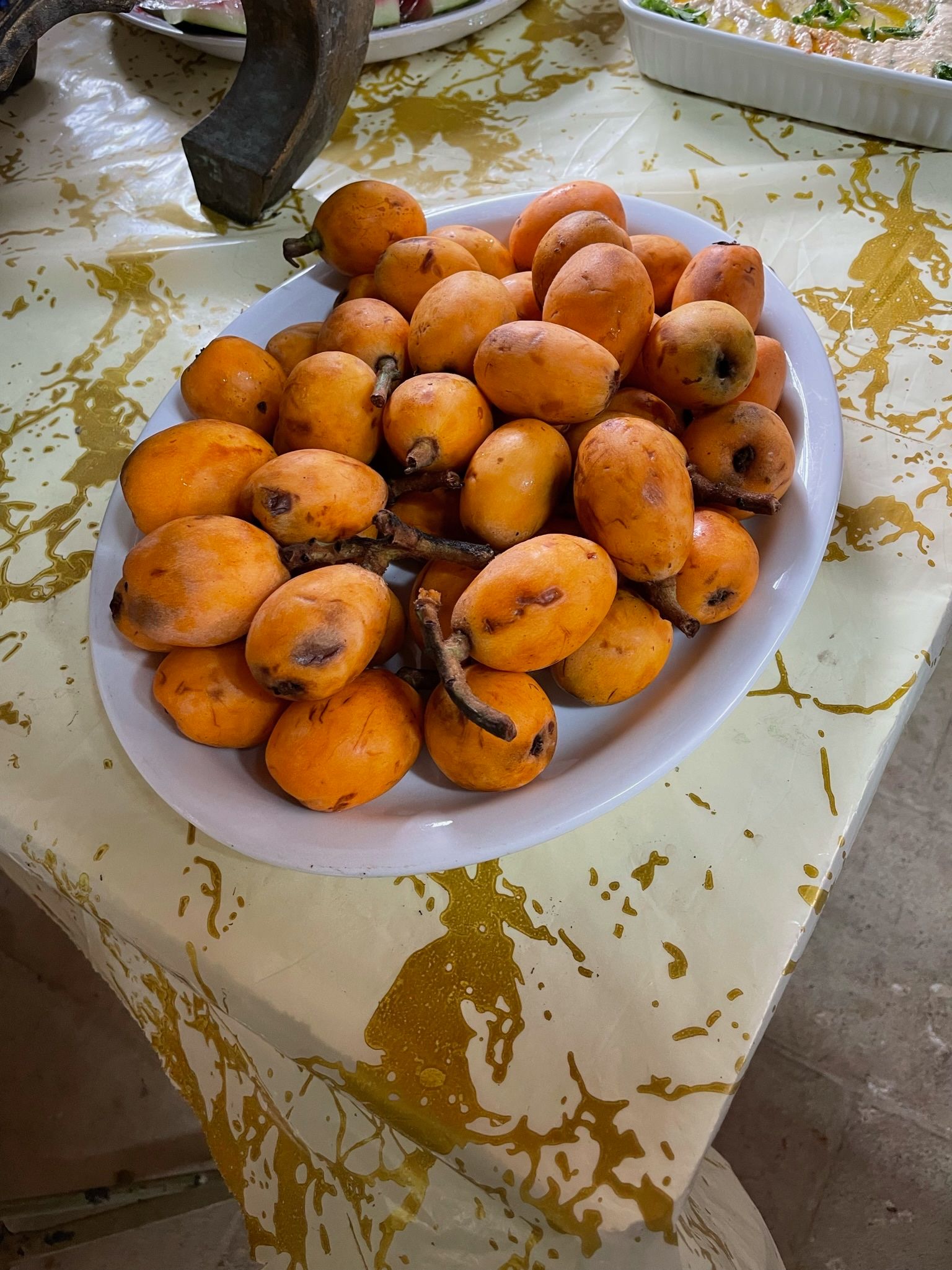
We loved the way he insisted on the complete attention of our group before speaking. A true teacher! His last lesson was on the tradition of serving coffee. Coffee means farewell, if you offer it immediately when people arrive it can be an insult as it means leave, get out of here! The head of the family has to serve coffee to the guests. Sometimes it is a negotiating tool. He talked about marriage customs. When a man wants to marry (and also with arranged marriages), a delegation is sent to the brides home. Discussions follow, when they have come to an agreement to seal the deal, coffee is served. If they don’t, there is no coffee. Both the family and the woman in question get three days to consider the offer. Surprisingly, these marriages have a very high percent of being successful. There were many more questions about this, but we had to leave.
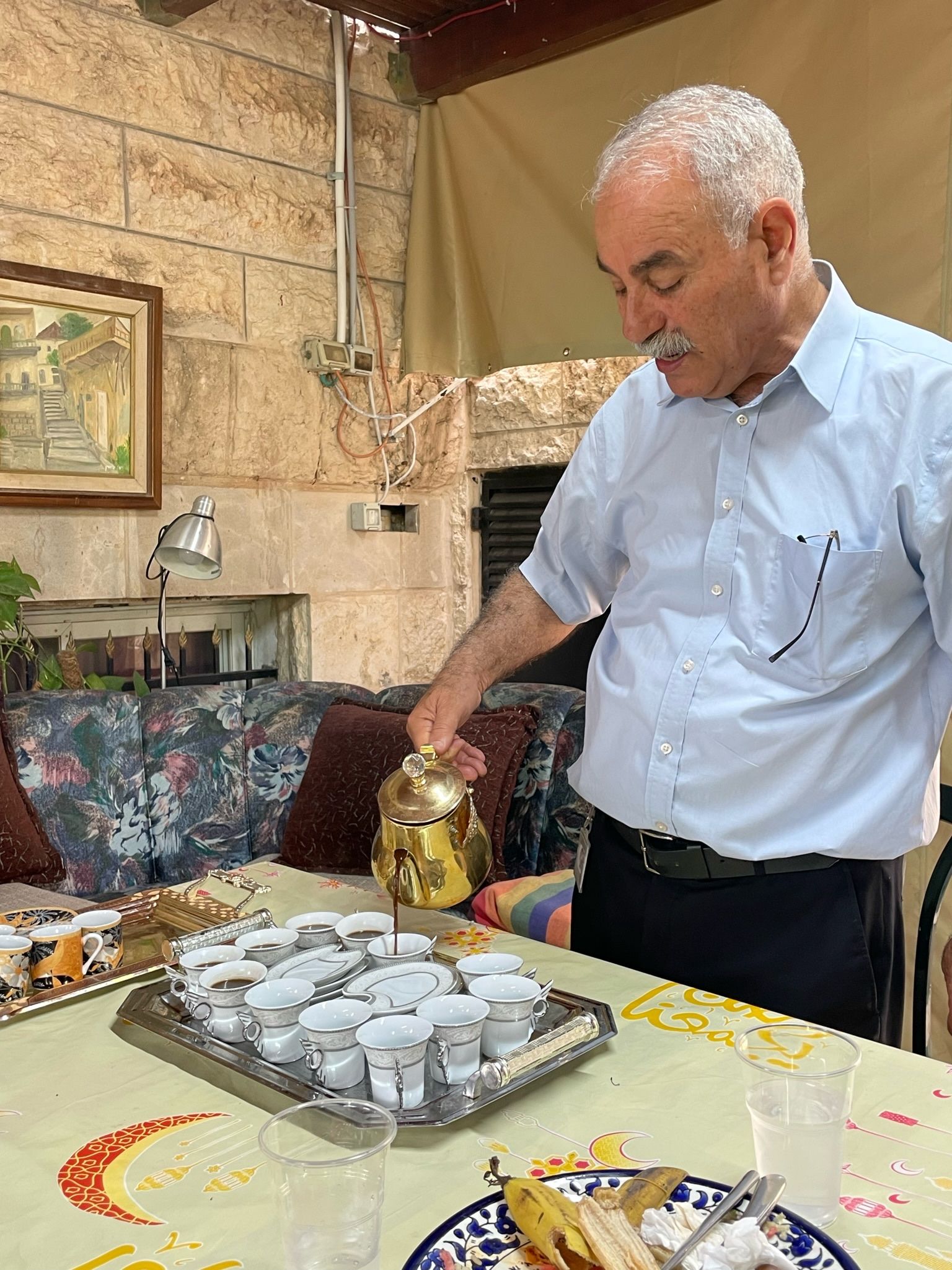
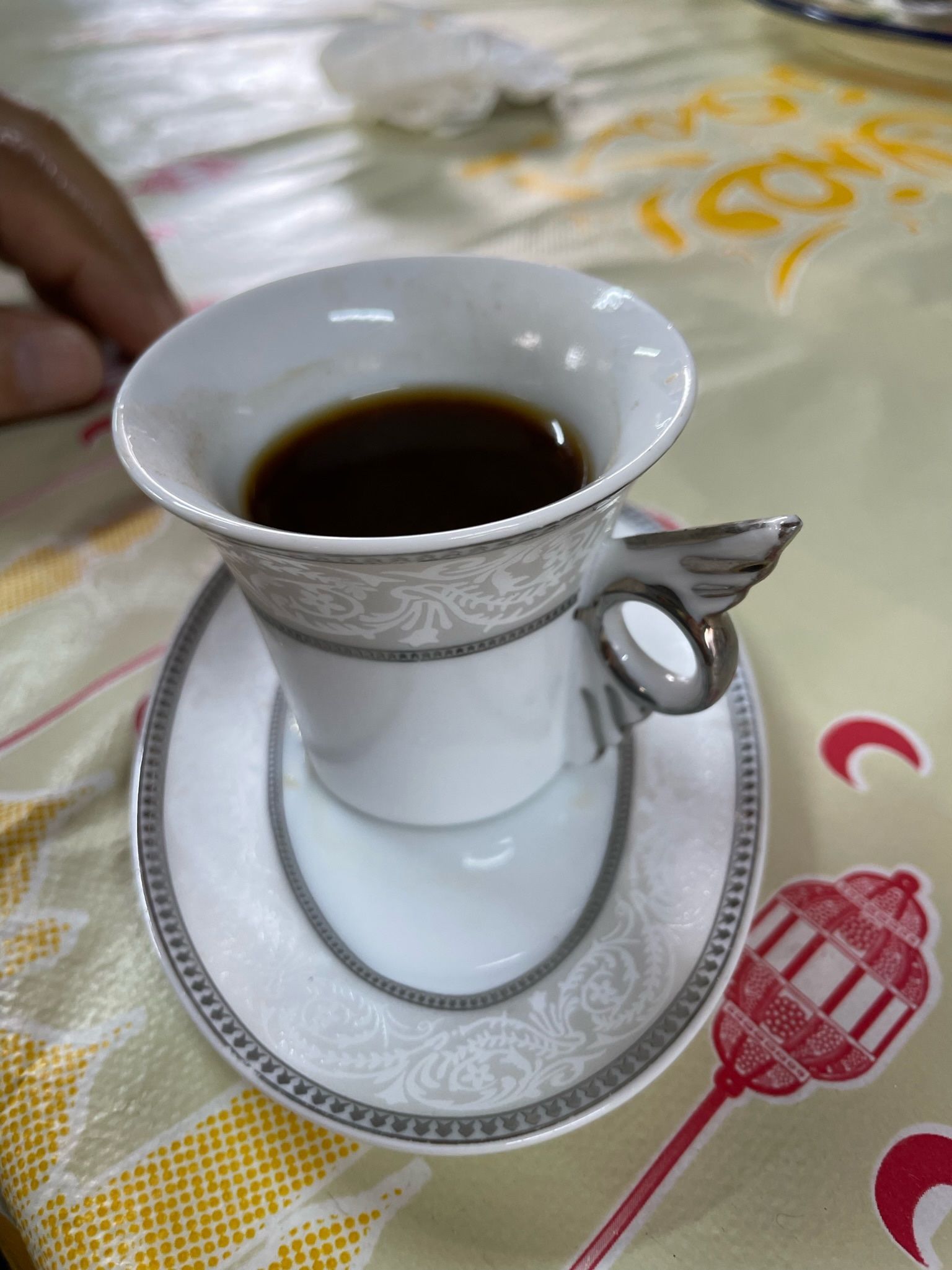
Our last stop was the Israel Museum. Wendy wished she could be there for a week! Ibrahim gave us a history lesson in front of the model of the entire old city as it looked at the time of the second temple , explaining how each regime built it up or tore it down. It must be the largest model built, probably one- eighth of a mile on each of the four sides. It was brought painstakingly, section by section from another site about 20 years ago.

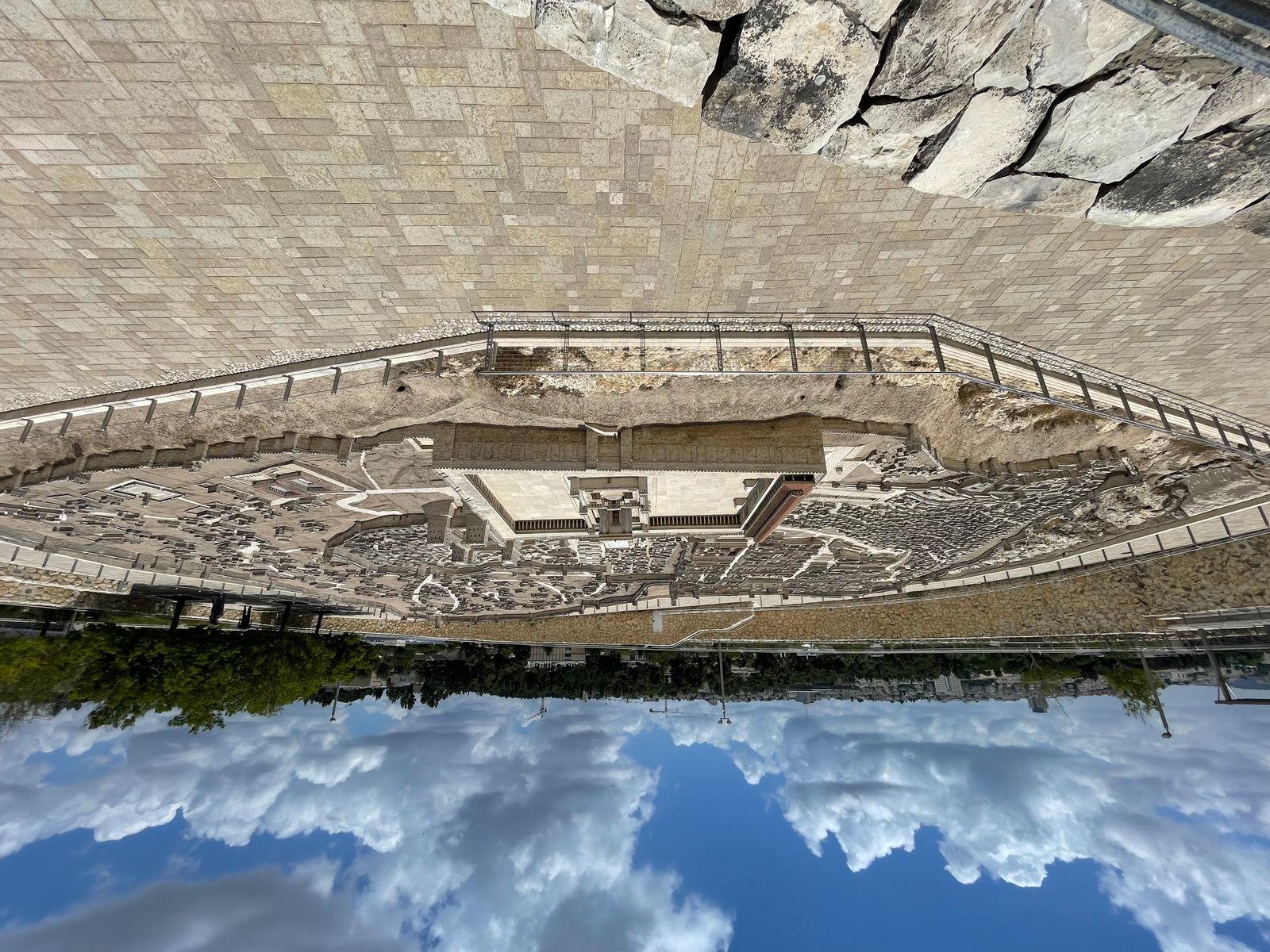
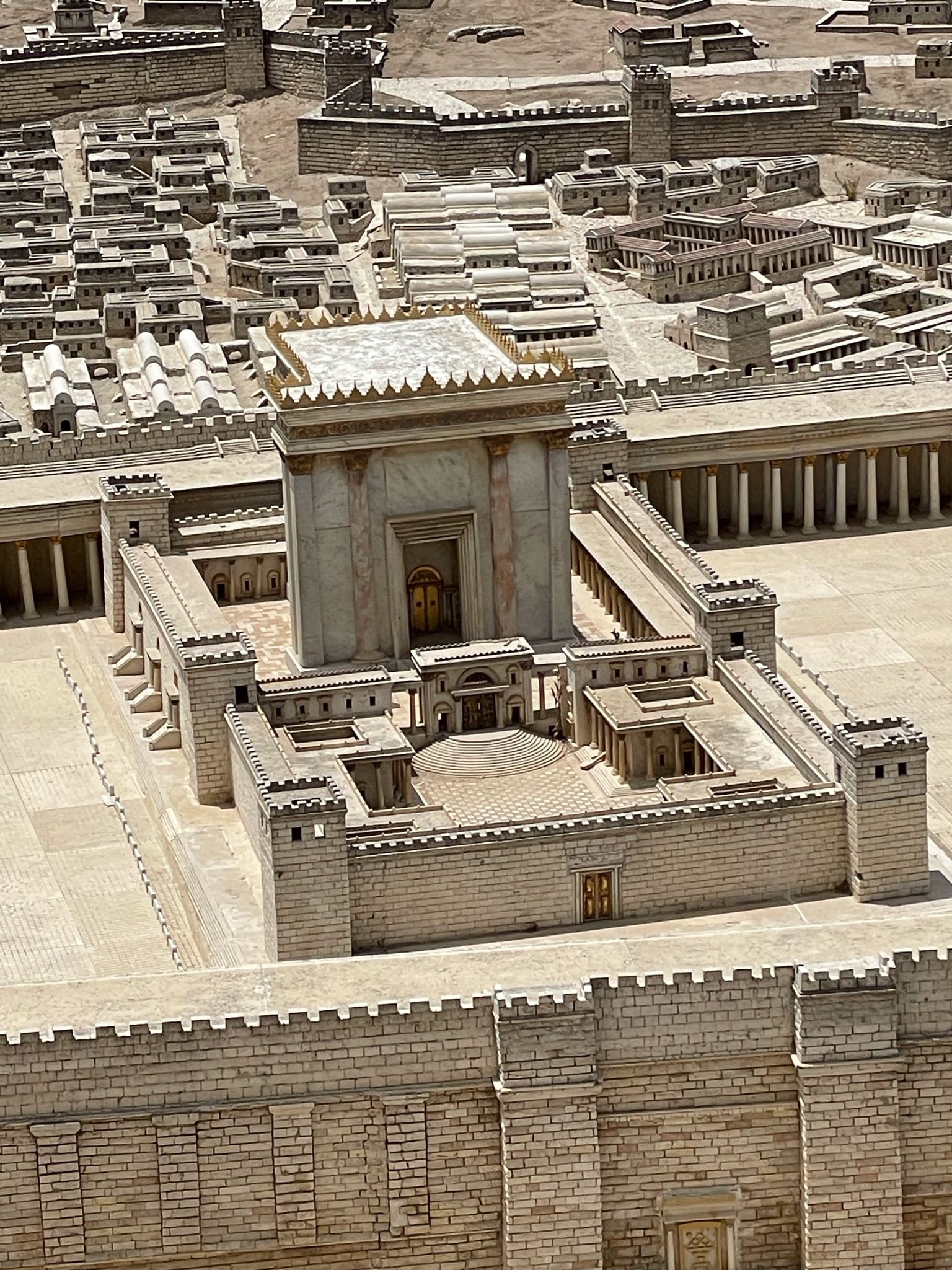
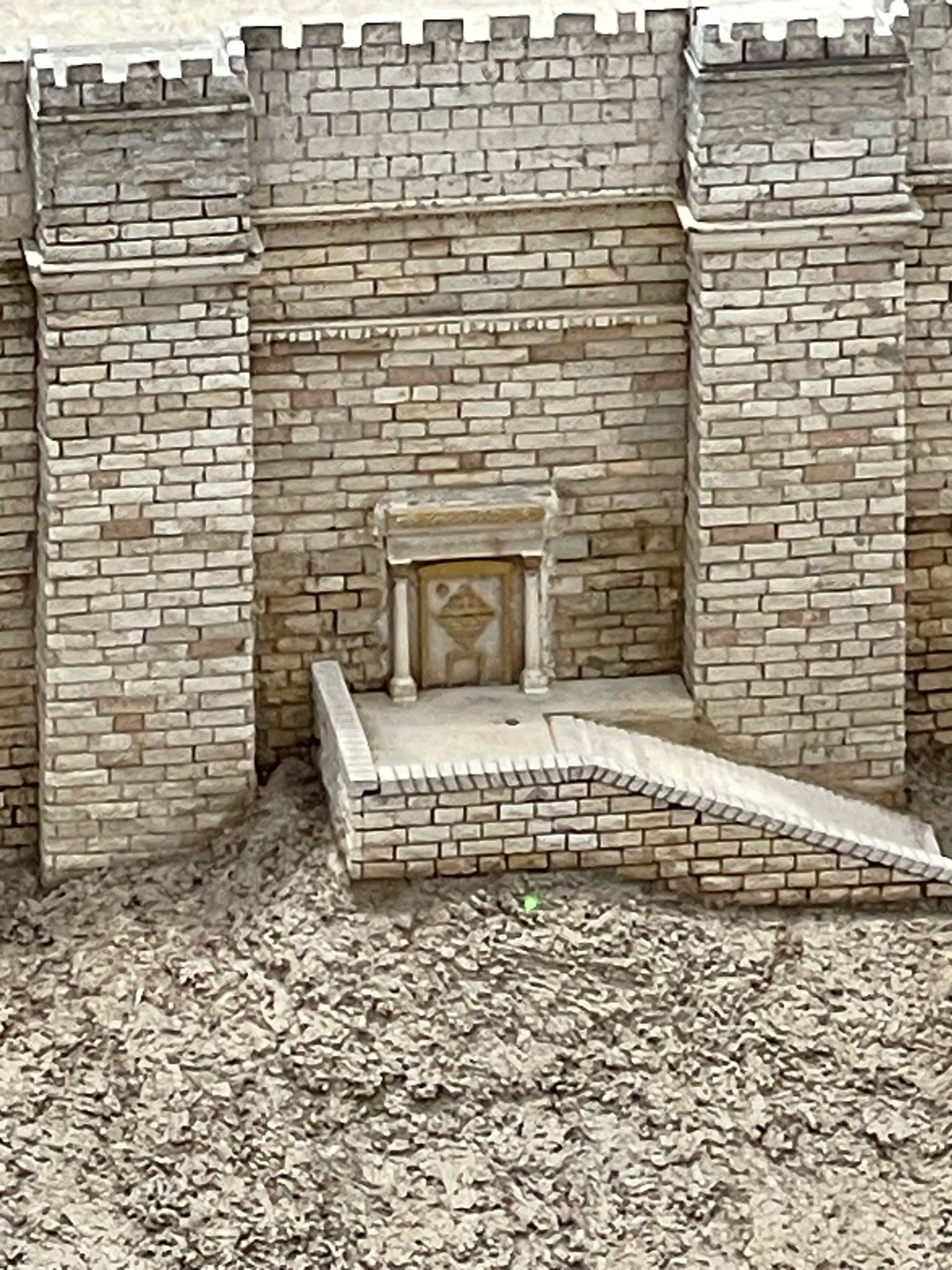
Then to the Dead Sea Scrolls! These were found in the Qumran caves in the 1940s and 50s and contain many biblical texts. Only fragments are actually in the museum, they were found rolled up and took years of patient work to get them preserved to a point when you could actually read them.
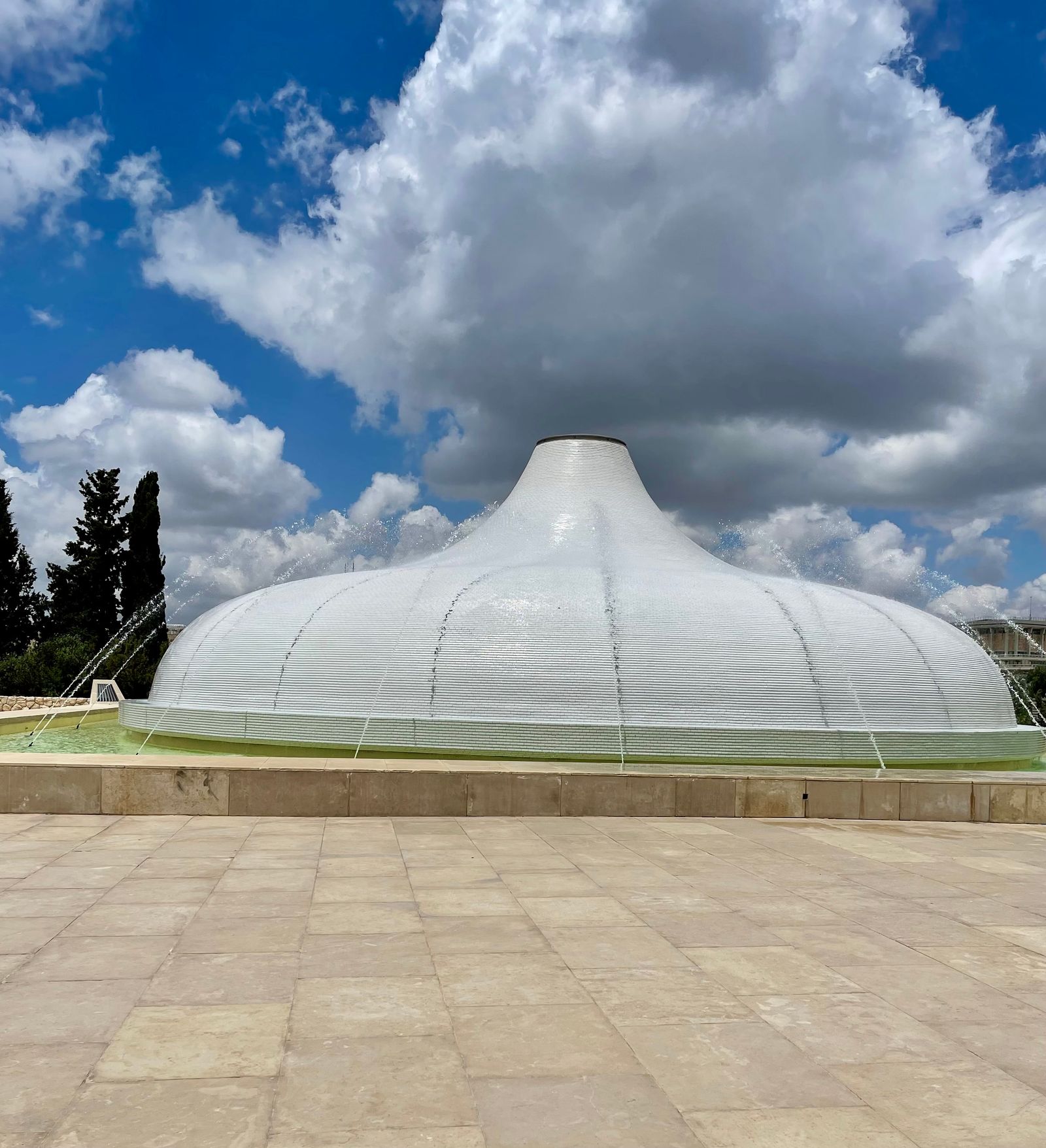
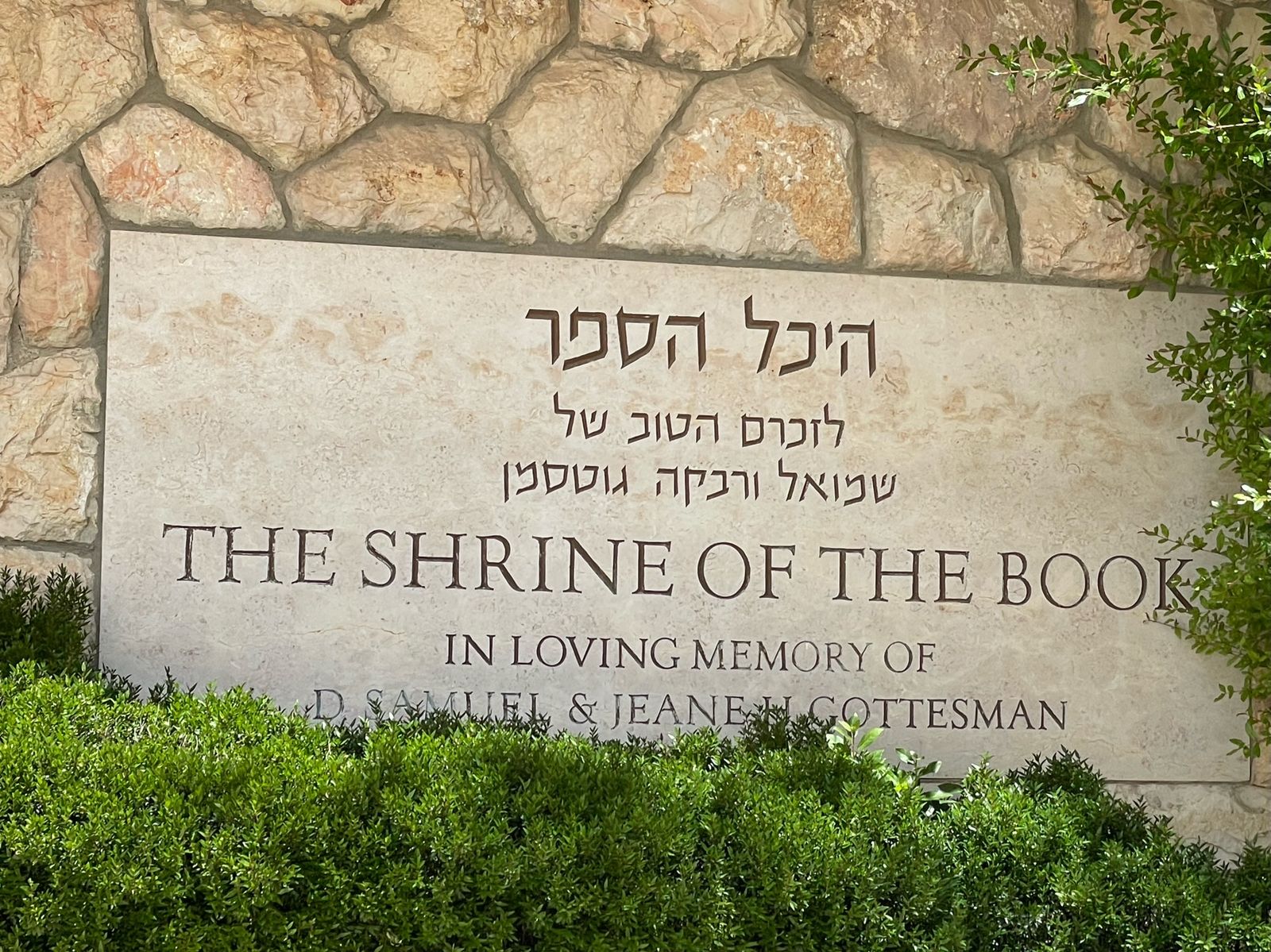
Unfortunately no photography was allowed in this exhibit. Here’ll a published example:

The originals are actually stored underground in the vast storerooms of the museum. Only 10% of the museum’s holdings, including the scrolls are actually on display. Ibrahim once worked here and said it would be memorable to stay underground for a week to marvel at all that is there.
We mostly visited the art section. There is also archeology, Jewish life and art and several temporary exhibits. Each section is vast and could easily take hours to do it justice. Here are about ten pictures of the 50 or so we took.
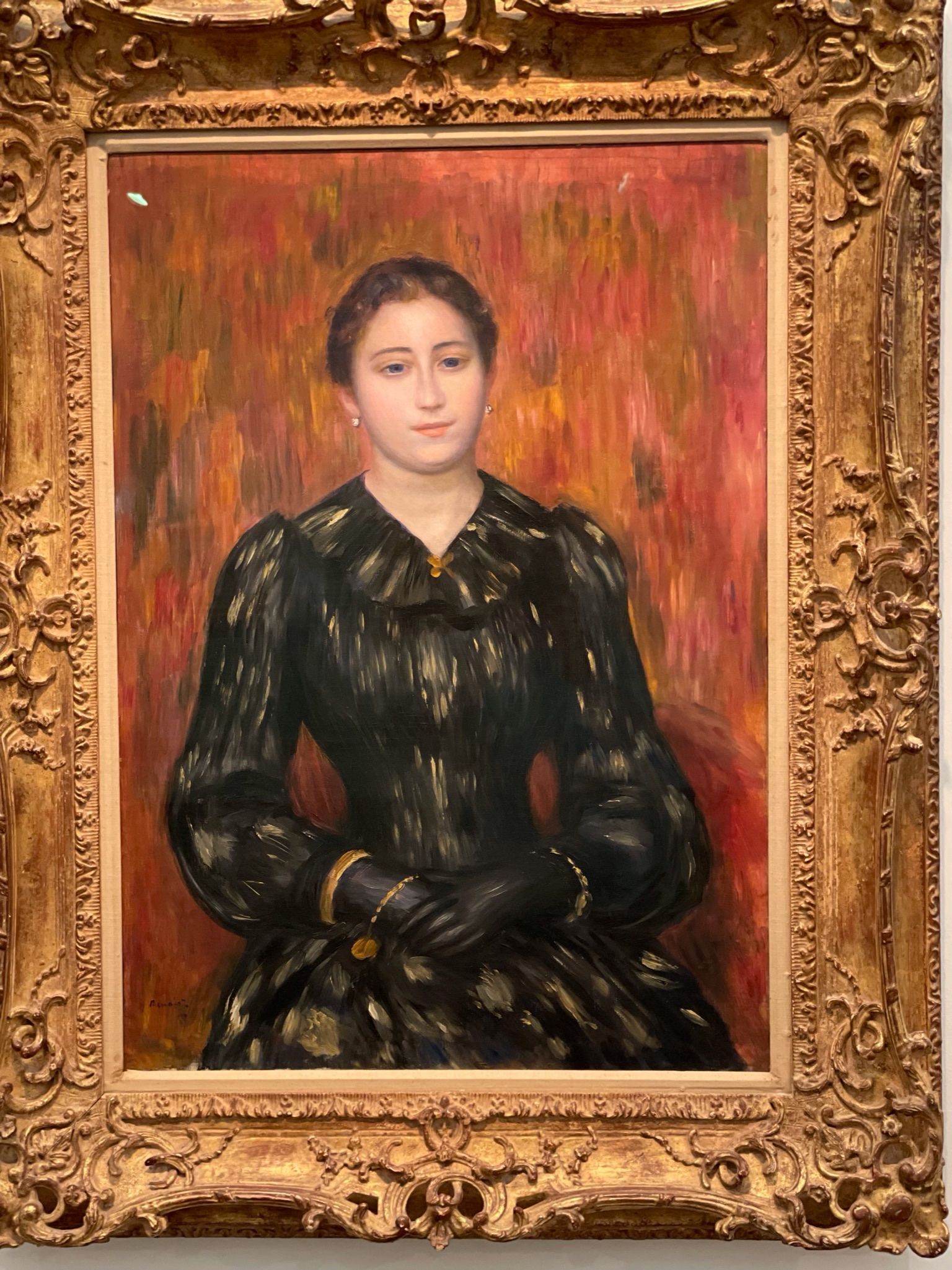
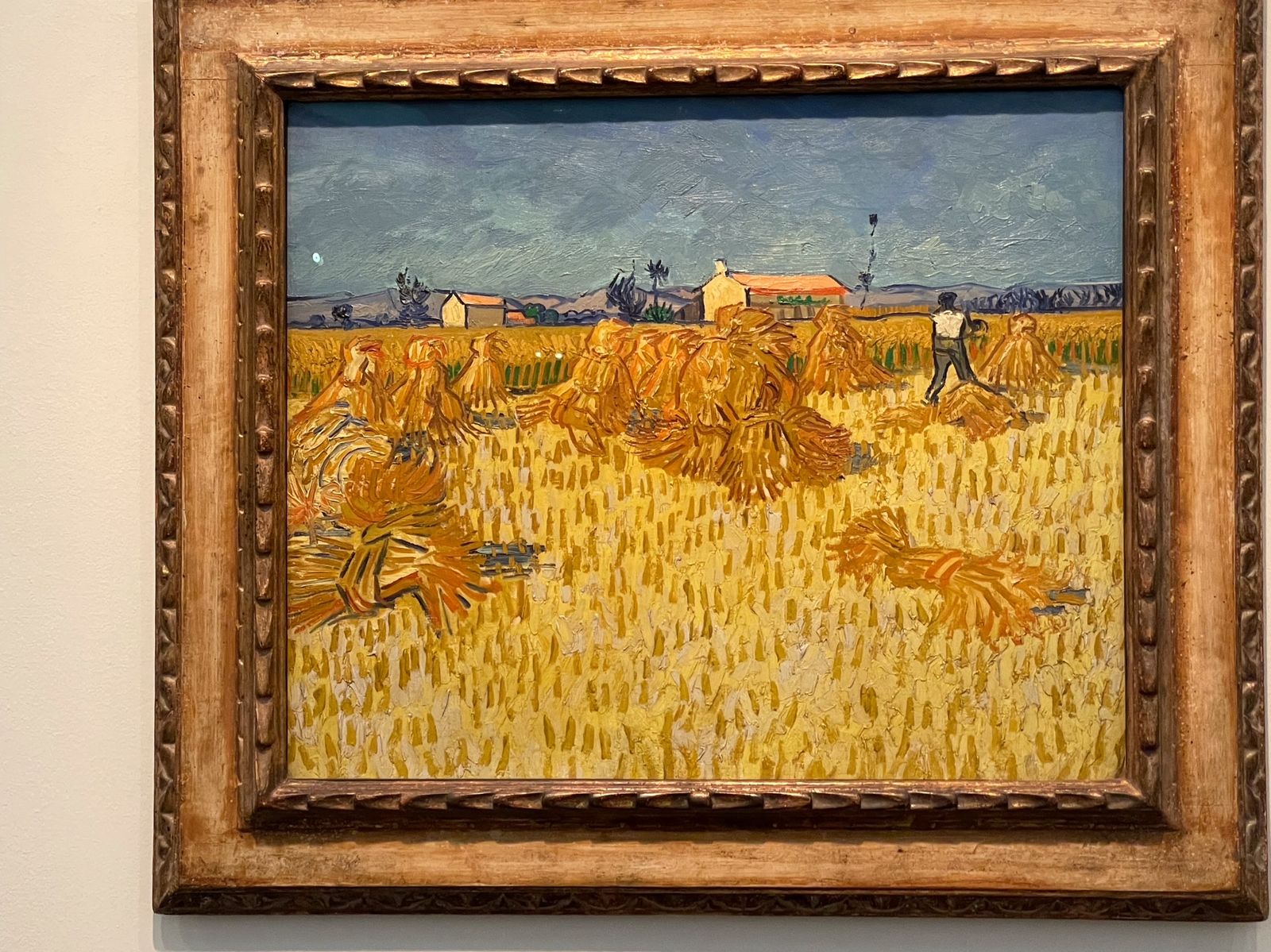
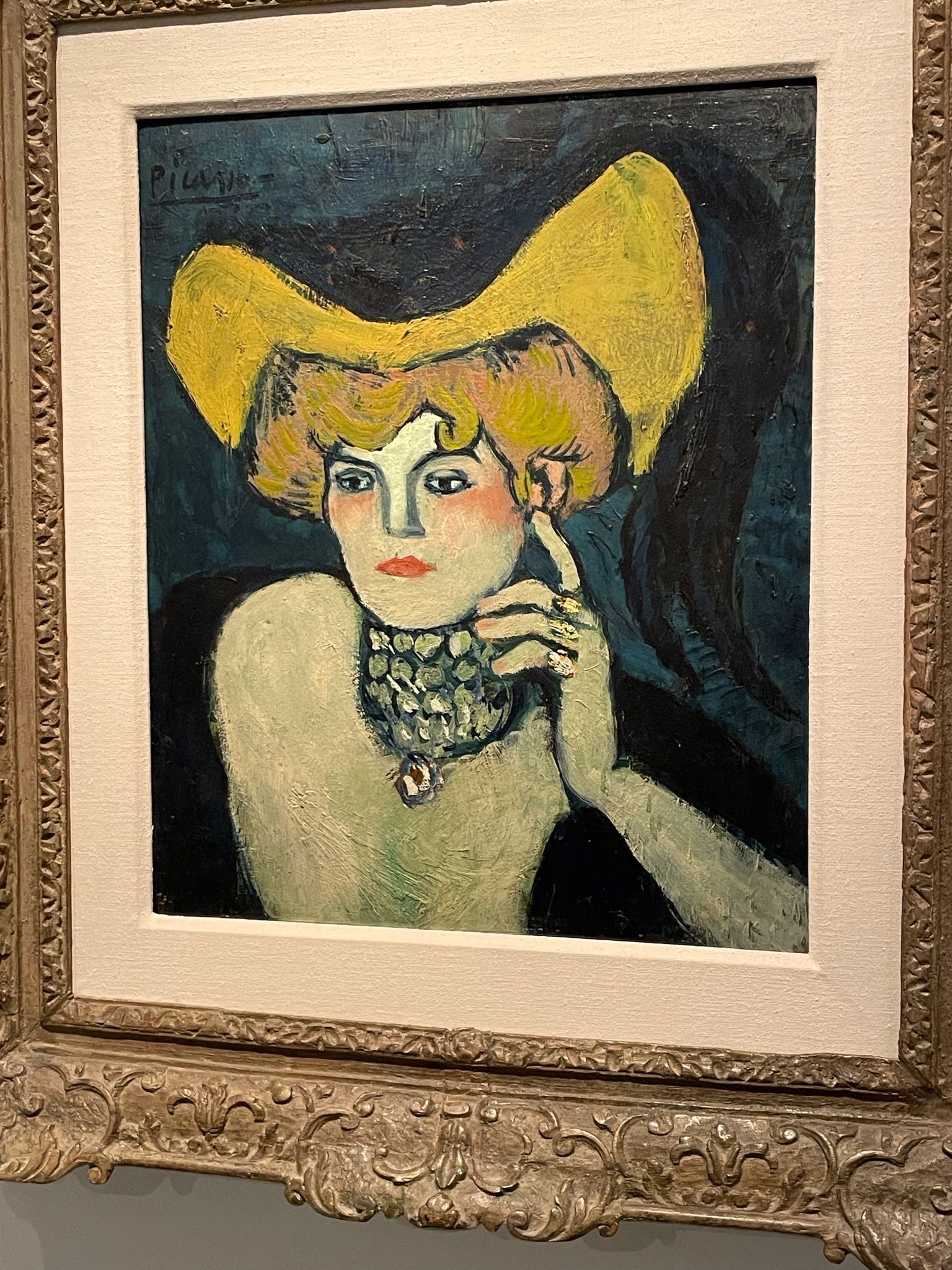

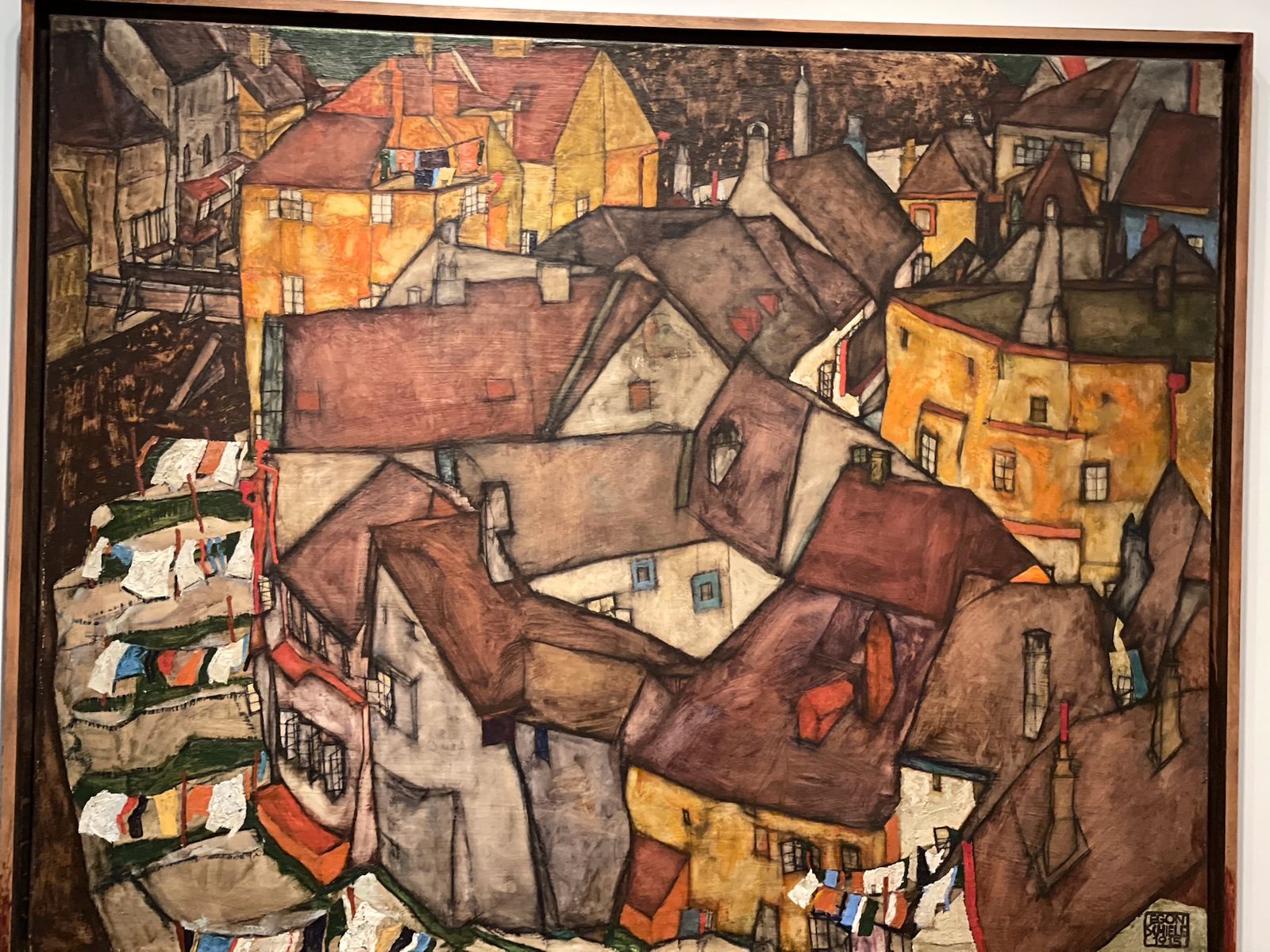
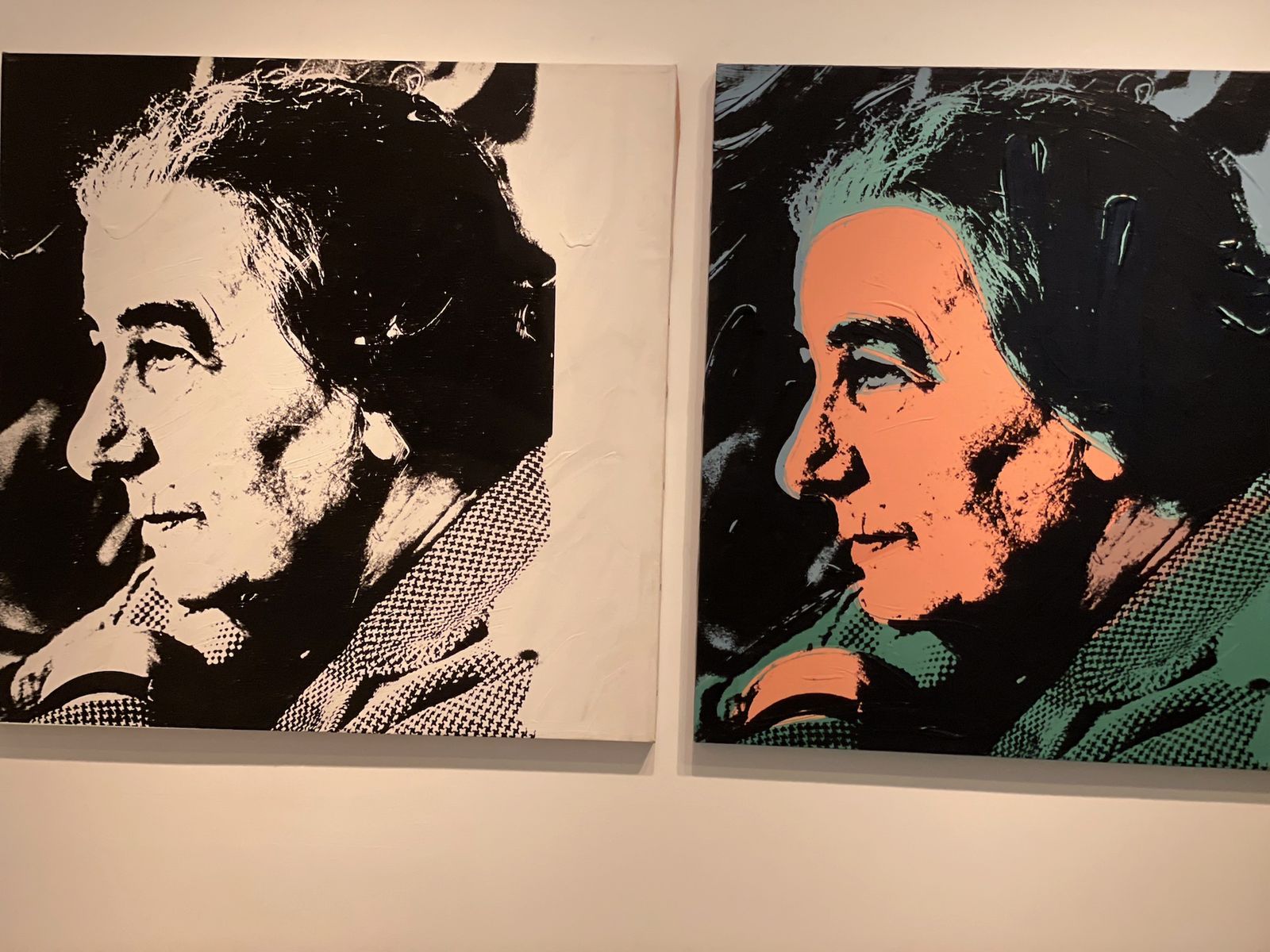
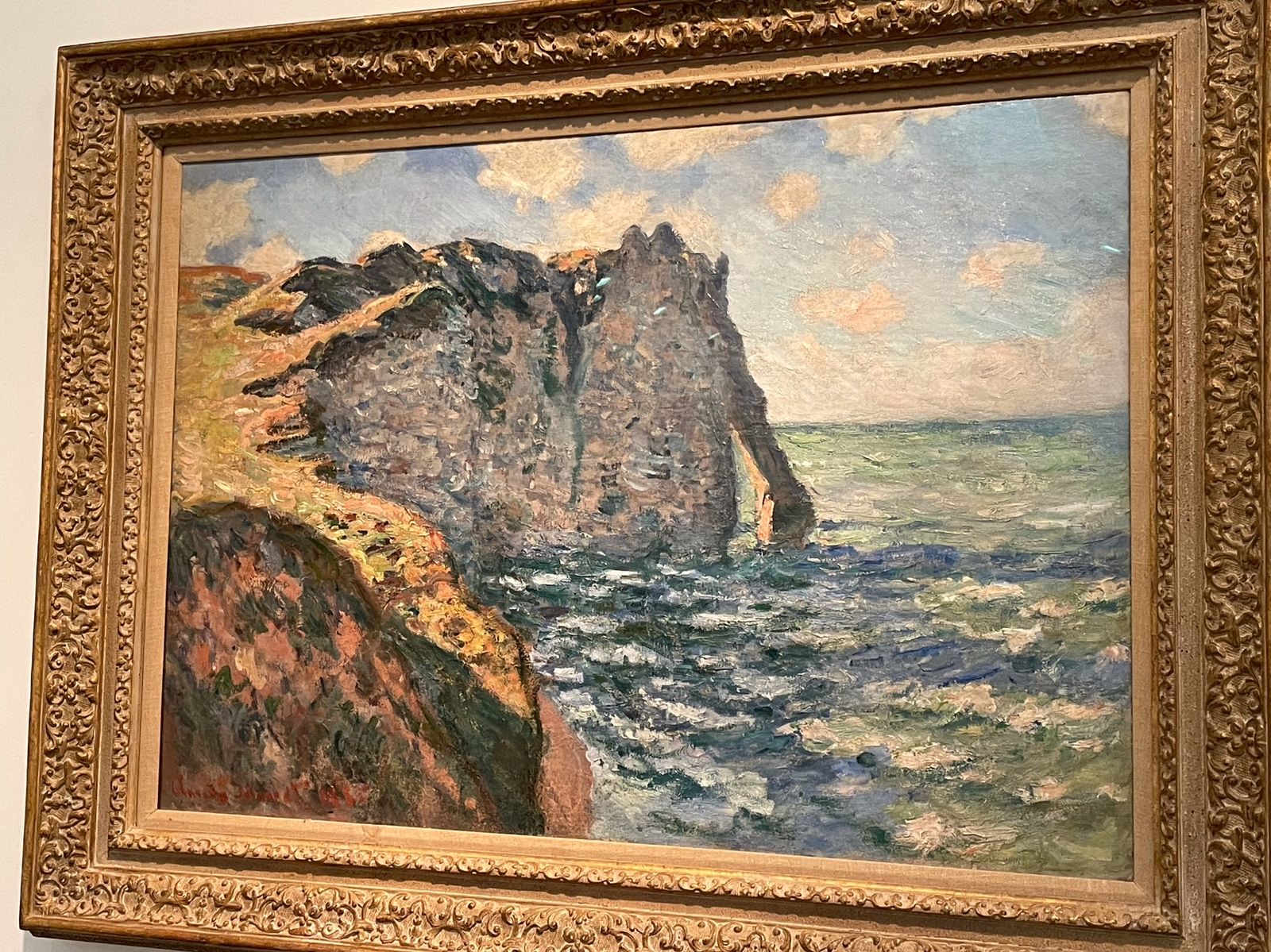
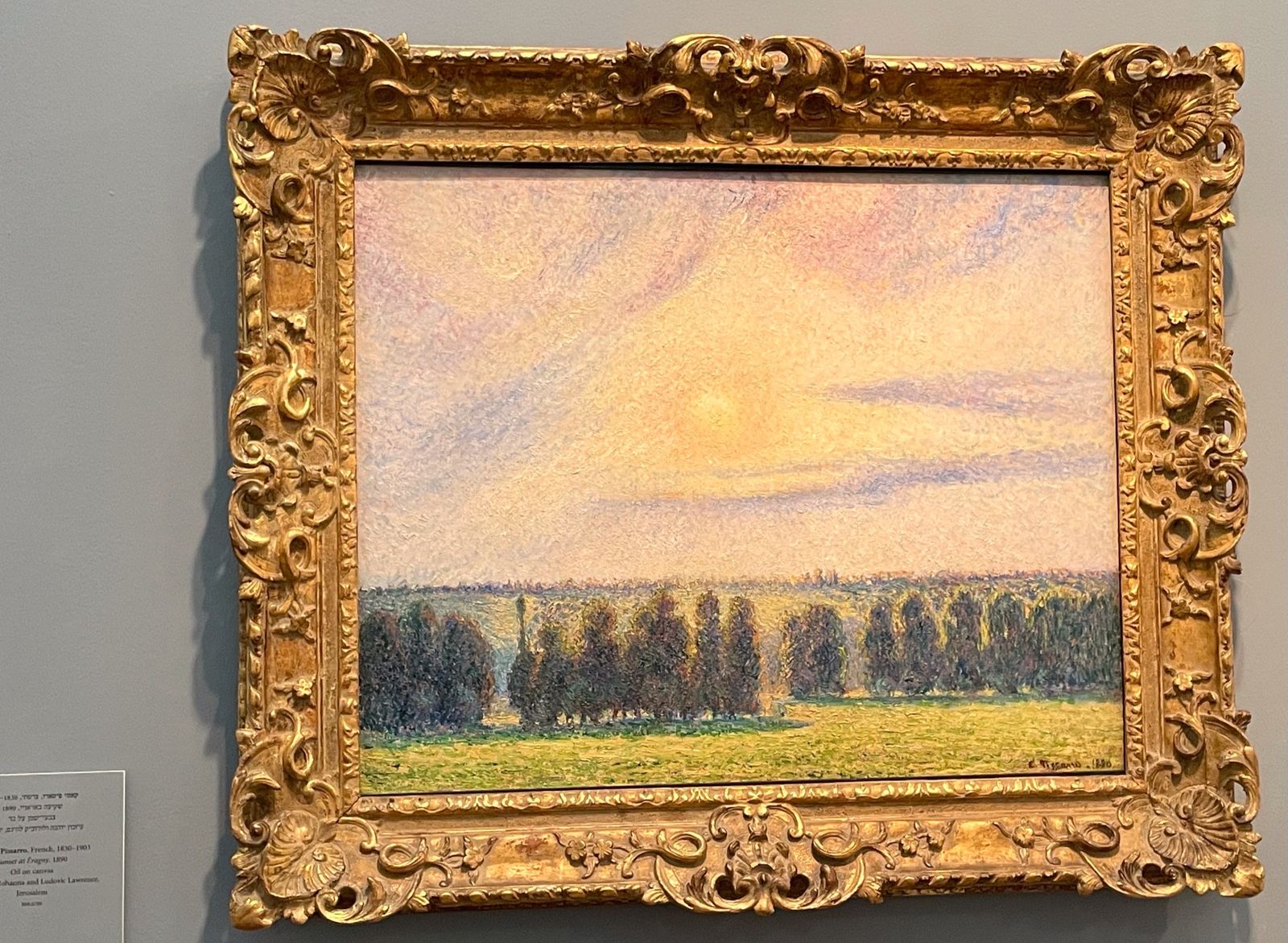
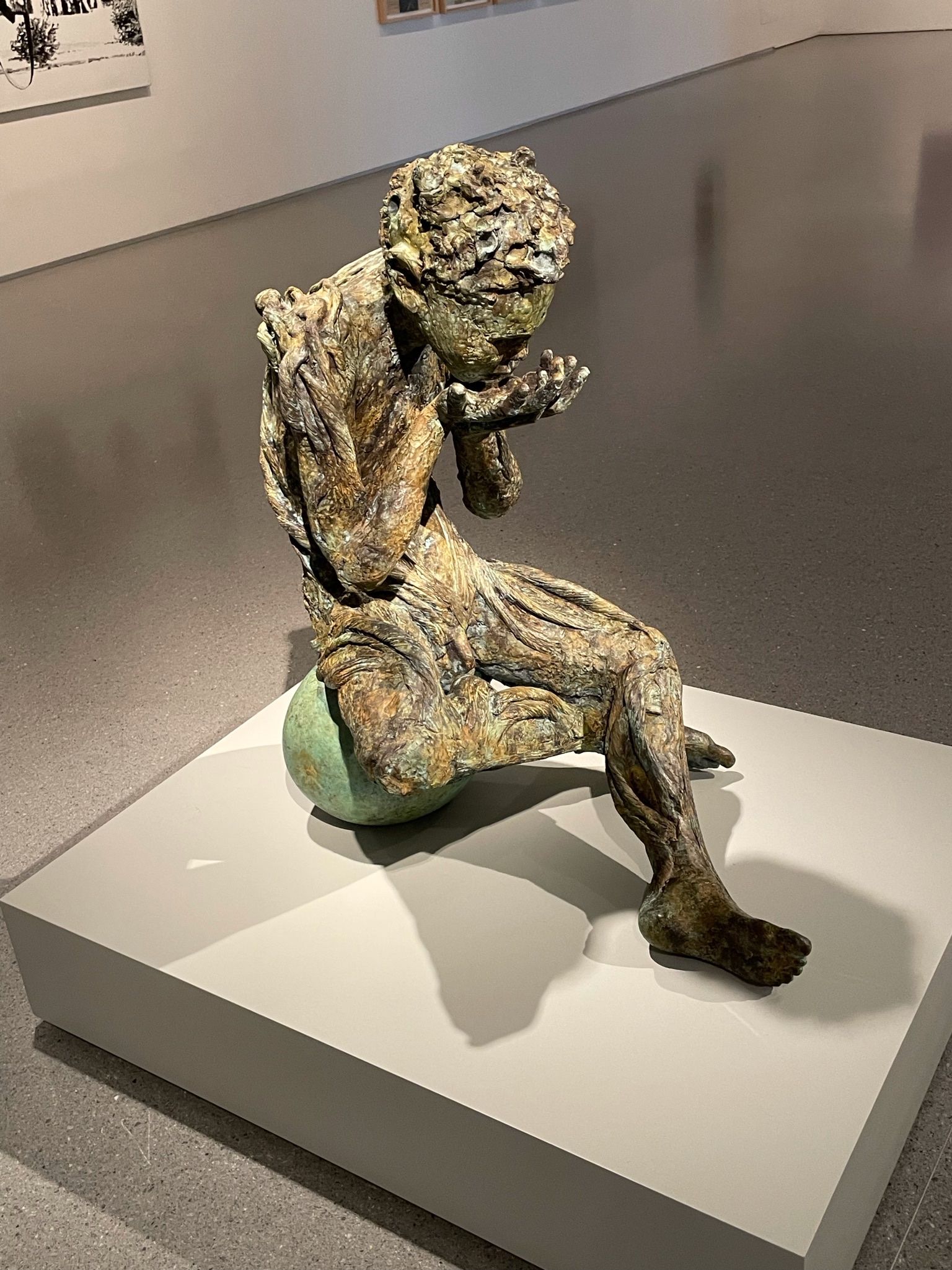
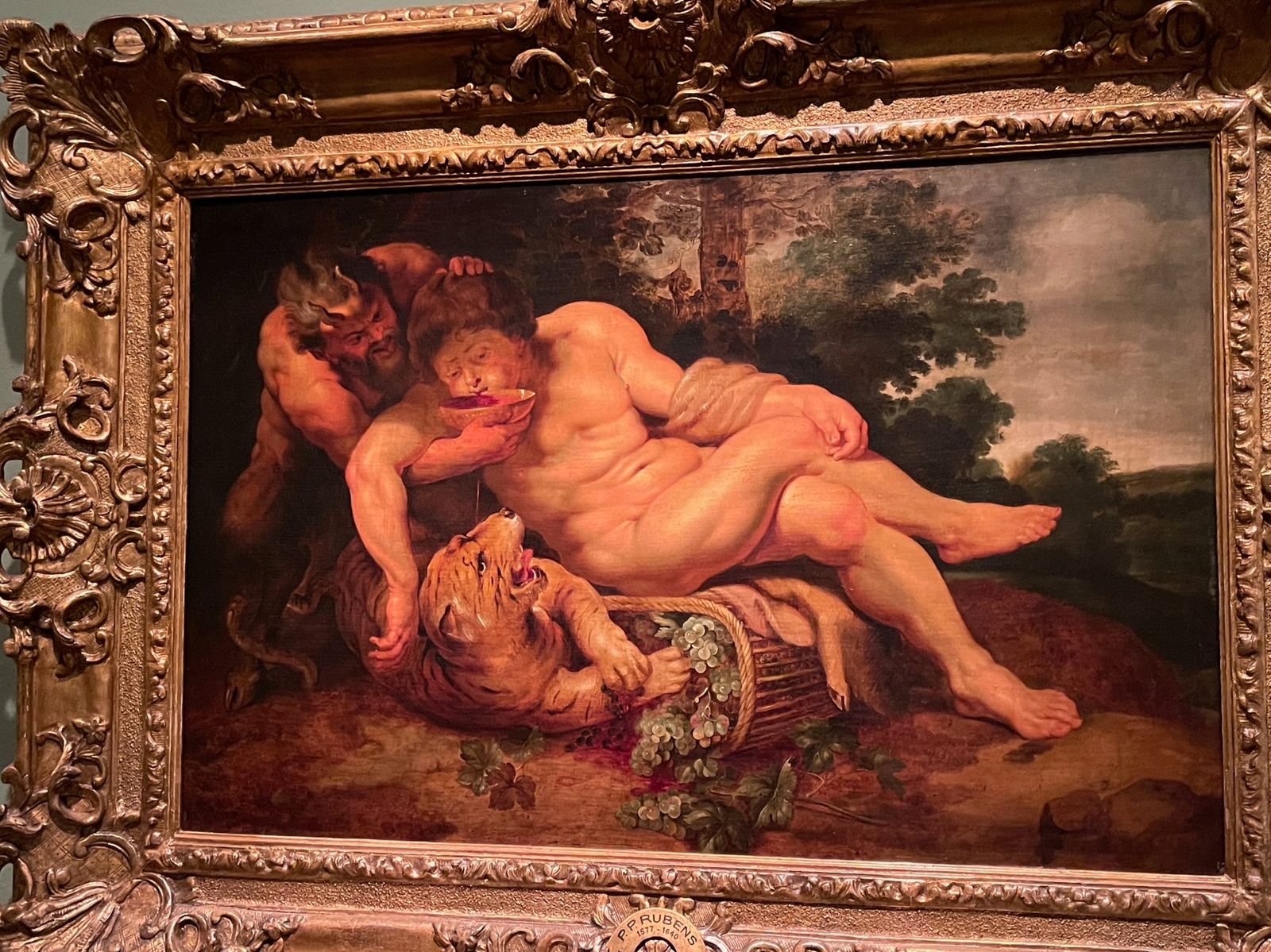

We returned to our hotel and found a pub place, one of the few open for dinner. We were tired, if we had waited until after sundown, about 7:30 pm, everything would be open again.

comments powered by Disqus